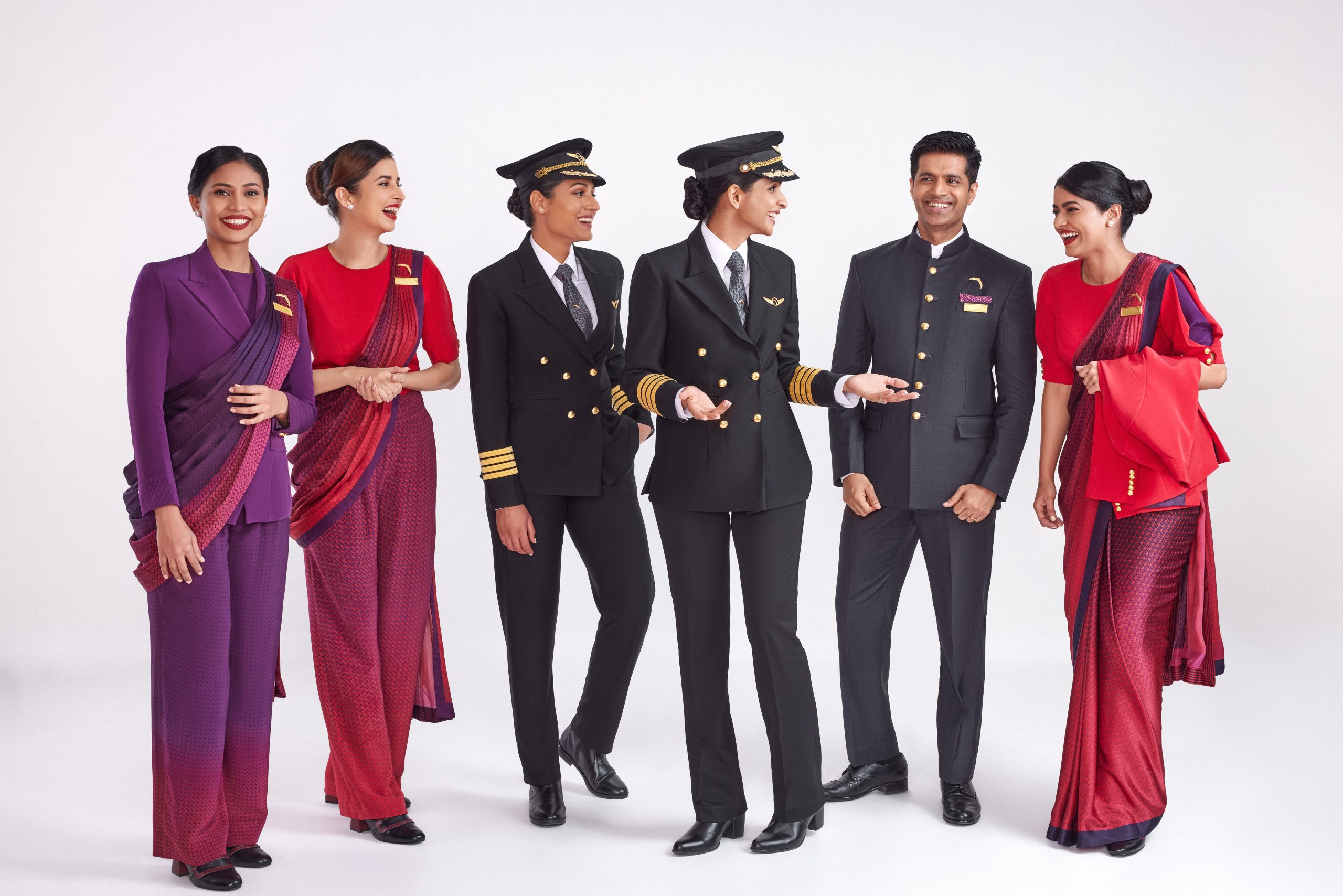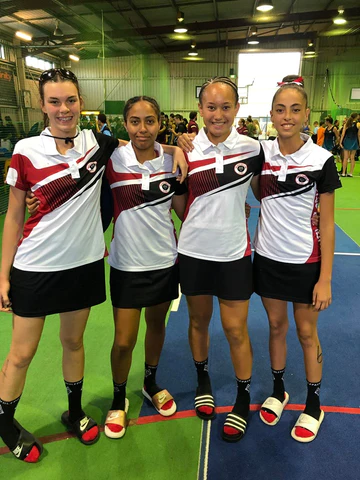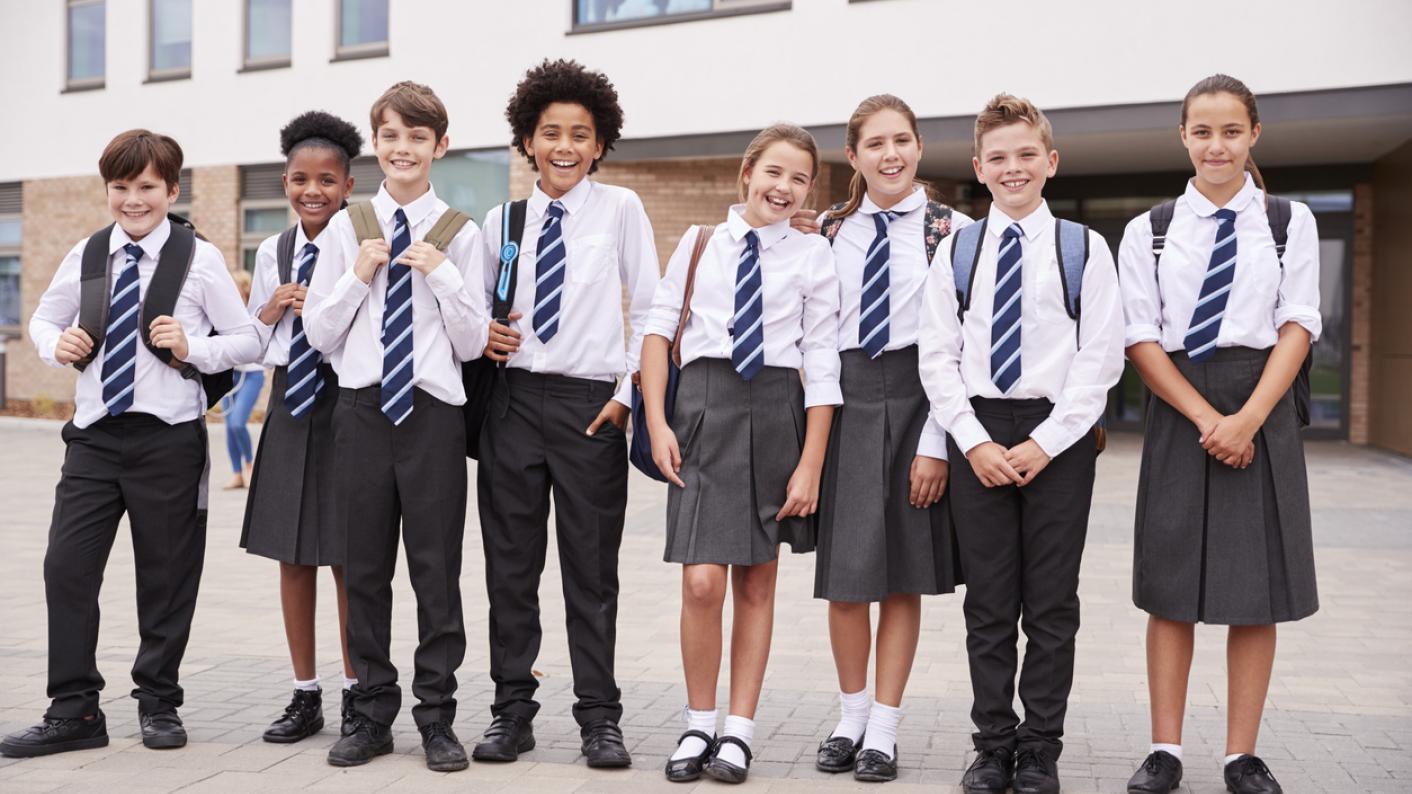Uniforms have long been an essential component of a variety of institutions, including schools, military organizations, airlines, and the hospitality industry. Uniforms were originally developed for practical objectives such as identification and standardization, but they have also played an important part in the fashion industry. Let’s look at the complex relationship between fashion and uniforms, examining how uniforms have affected fashion trends and vice versa.
Uniforms have evolved dramatically from their practical origins to become fashion statements in their own right. Uniforms were originally developed for practical objectives, such as differentiating various ranks in the military or guaranteeing consistency and professionalism at work. However, over time, designers and fashionistas have recognized uniforms’ aesthetic potential, blending uniform design features into mainstream fashion. Uniforms have an impact much beyond regular military and workplace clothing. The emergence of athleisure wear, which blurs the border between fitness and casual apparel, demonstrates the long-lasting appeal of uniform-inspired fashion. Adidas and Nike have tapped into this trend by infusing elements of athletic uniforms into their designs, such as big logos, streamlined lines, and technical fabrics.
Symbolism
In the world of fashion, uniforms have long been powerful symbols of authority, conformity, and discipline. However, designers and subcultures have subverted and reinvented them in order to challenge established standards and express rebelliousness. The use of uniforms as fashion statements frequently carries rich meaning and can be interpreted as a sort of cultural critique. One famous example is the punk movement of the 1970s, which used aspects of military and work uniforms to defy mainstream fashion and question societal conventions.
Punk fashion embraced DIY aesthetics, with people embellishing their clothes with safety pins, patches, and slogans to create a defiant and anti-establishment look. Punks asserted their uniqueness and recovered their liberty by reusing symbols of authority and control in the face of social conformity. In essence, the appropriation of uniforms in fashion is a form of cultural resistance, allowing people to reject dominant ideals and express themselves through their dress. Designers and subcultures have repurposed emblems of authority and control, transforming uniforms into powerful weapons for self-expression and social criticism.
The Influence on Fashion Trends
Uniforms have had a significant impact on fashion trends, frequently providing as inspiration for designers looking to imbue their collections with a feeling of authority, discipline, or nostalgia. One notable example of uniforms influencing fashion trends is the prominence of military-inspired apparel in mainstream fashion. Designers have reimagined the structural silhouettes, practical elements, and striking accents common to military uniforms and merged them into civilian apparel, resulting in a distinct aesthetic known as military or utilitarian chic. Uniforms have also encouraged the growth of workwear-inspired fashion, with clothing like utility jackets, cargo pants, and jumpsuits becoming classics in modern wardrobes. Carhartt and Dickies, who were traditionally known for making work uniforms, have capitalized on this trend by offering fashionable yet utilitarian clothes that can survive the rigors of daily life.
Uniforms are more than just clothing; they are powerful symbols of identification and belonging, instilling a sense of unity and solidarity among wearers. Uniforms serve an important role in fostering camaraderie and shared purpose in a variety of settings, including schools, businesses, sports teams, and military units. In sports, uniforms are symbols of a team’s identity and pride. Uniforms, whether they are professional athletes’ iconic jerseys or local sports teams’ matching tracksuits, foster a sense of solidarity and camaraderie among both players and fans. Wearing the club color gives athletes a sense of belonging and pushes them to do their best. School uniforms foster a sense of equality and belonging among pupils because everyone dresses alike, regardless of background or socioeconomic level. This promotes a sense of togetherness among students and lowers peer pressure regarding fashion choices, allowing them to concentrate on their studies without distractions.
Conclusion
As fashion evolves, so will the importance of uniforms in shaping our wardrobe and cultural landscape. Uniforms are becoming more customizable and adaptable as technology and design progress, meeting a wide range of needs and tastes. Furthermore, as society grows more open and diverse, there is an increasing desire for uniforms that represent a variety of body sizes, identities, and cultural origins. In the coming years, uniforms will continue to blur the barriers between utility and fashion, allowing wearers to express themselves while respecting tradition and identity.
In conclusion, the relationship between fashion and uniforms is complicated and varied, representing the interaction of usefulness, style, and symbolism. Uniforms, whether used as emblems of power, assertions of identity, or sources of inspiration, have left an everlasting imprint on the fashion industry, defining trends and influencing how we dress and express ourselves. As we continue to explore the connection between fashion and uniforms, one thing is certain: uniforms will always be more than just clothing; they are emblems of history, culture, and identity that transcend time and location.





















